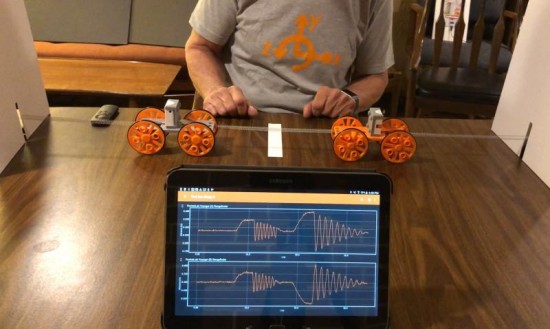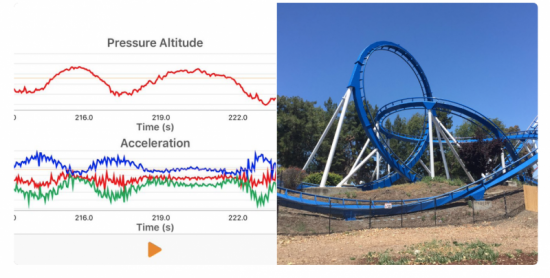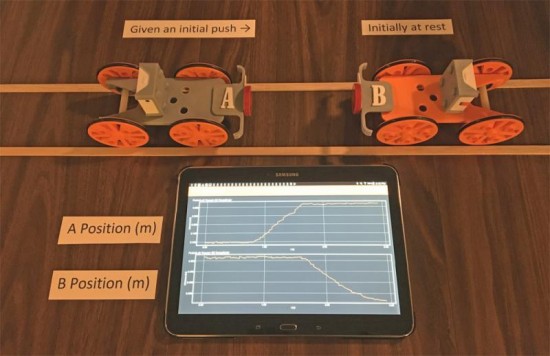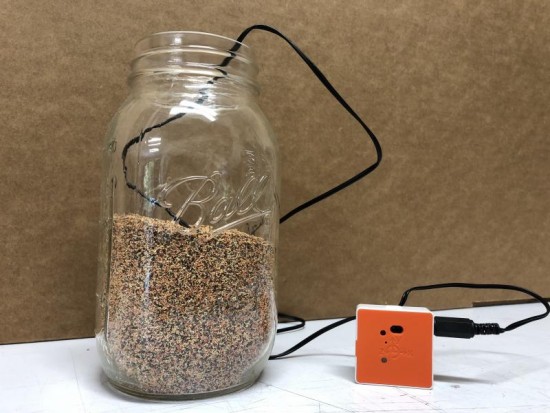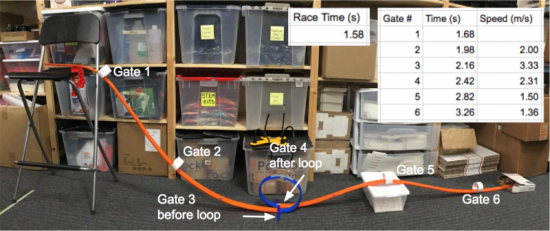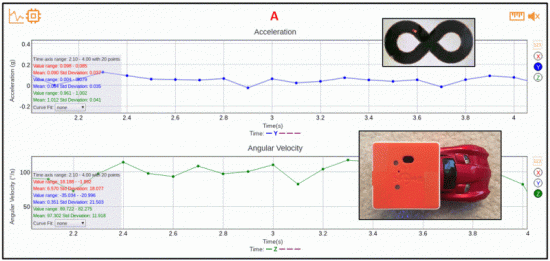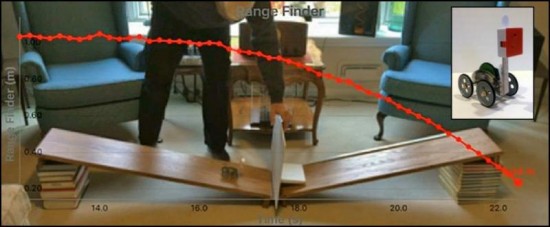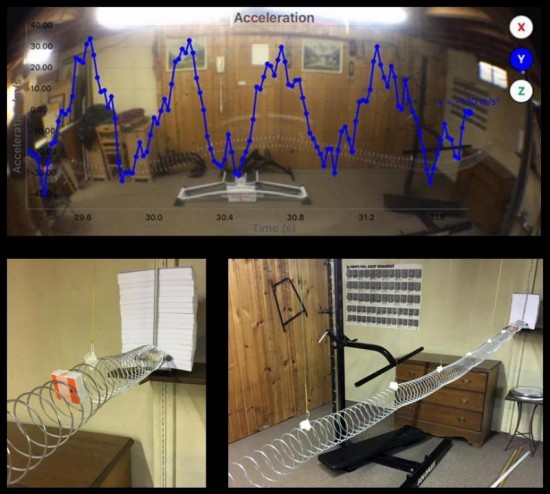Periodic Motion of a Pair of Physics Carts: Experiment and Theory
A Physics Challenge
In this lesson, AP and college students are challenged to derive equations for the periods of two fundamental modes of oscillation of a pair of coupled physics carts. Derivation will involve Hooke's law, Newton's Second Law of Motion, and principles of simple harmonic motion. Theory is then compared to experimental results obtained from PocketLab Voyager rangefinder data using Phyphox software.

